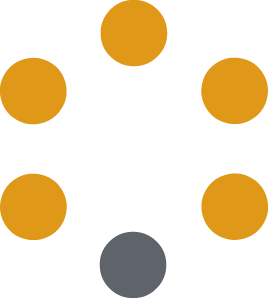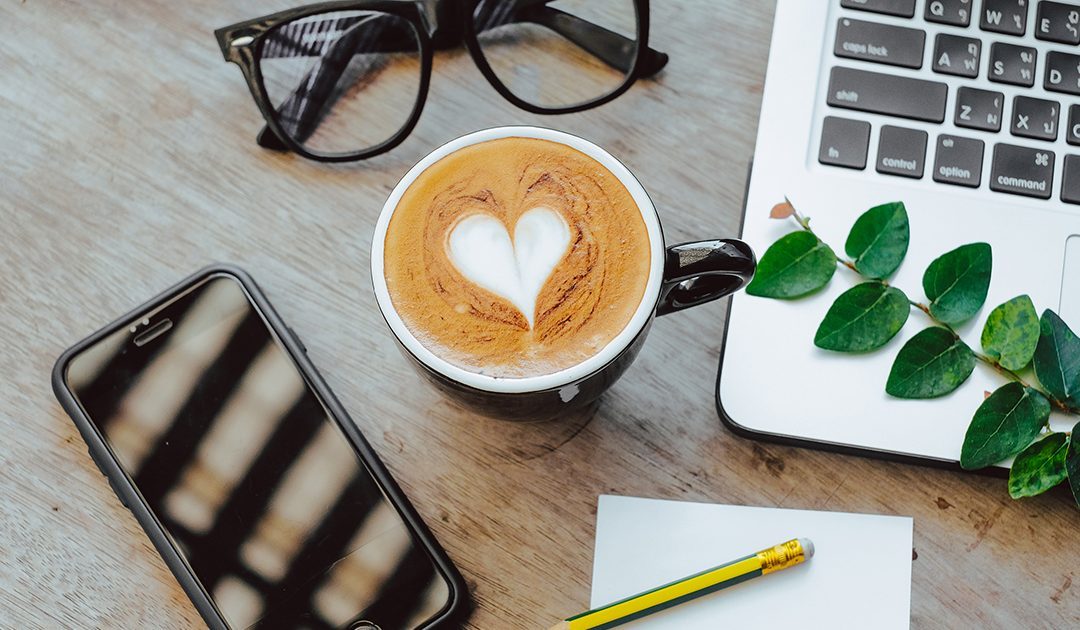Let’s look at the question carefully – don’t we really all know the answer for ourselves? I know I want to be confident, kind, caring, wealthy in health, money, friends, love, full of energy and joy, etc. We would probably all say something similar.
So, really, the question is “What do I want to do to bring in an income?” Previously, this question used to also mean what do I want to do for work for the rest of my life? Given the current labour market, this is just not true anymore – we do not do one job for all of our lives. Now, people are typically in a position for 3-5 years. So, the real question then becomes “What do I want to do to bring in an income for the next 3-5 years?”
There are four steps, I suggest, for career decision making. These are: self-assessment, research, decision-making, and action.
Self-assessment involves investigating our interests, our personality temperament, our values, our skills, our aptitudes, our hobbies, our passions, and our dreams. There is a variety of assessments that can help determine our personality temperament and aptitudes; for example a Personality Dimensions Assessment. Assessments can also help clarify our interests and skills as they relate to the world of work – if you Google ‘personality assessments’ you will find a wide variety of options.
Once we have completed self-assessments, we come up with a list of potential jobs and/or careers. Now it is time to research these jobs. We review job descriptions to determine the duties and physical requirements of the job. This information can be found online in the National Occupation Classification system (NOC), which is a Canadian description of jobs. The NOC will outline the education requirements for jobs we are interested in and similar occupations. We investigate similar occupations because they may lead us to our next job. We can learn about the future outlook and salaries of jobs online here.
Job locations and workplace culture can be determined by talking to others who do the job which we are researching. LinkedIn can be utilized to assist us with this. It can be helpful to search on LinkedIn for people with that job title – look at their profiles to see their educational background and career progression – do we have a similar background? Are there courses listed that may be beneficial for us to explore? Is there a stepping stone position we could take that would help get us into the position we would really want to be in? Start asking these types of questions – be curious.
Step three is to make a decision. Making a decision is done by blending the information from our self-assessment and our research. We may like an occupation but decide that we will not pursue it because the training is too long or isn’t offered close to our home. We may decide against another occupation because the jobs are only available over an hour away and we prefer not to travel that far. We may choose a job because we like the job duties, physical requirements and salary.
Once we have determined a job, we now have to make a plan on how to obtain it. That plan might involve returning to school full-time or part-time. Many individuals work at one job while going to school to obtain the credentials for another job that they really want. Sometimes, we determine that we need to gain some volunteer experience in a certain area to make us more suitable for a particular field. Other times, we will need to begin our own business or job search by adjusting our resumes to highlight transferable skills.
It is often a lot of work to explore career direction but in the long run it is well worth the effort! Best of luck as you begin the process! And remember:
“Never give up on a dream just because of the time it will take to accomplish it. The time will pass anyway.” – Earl Nightingale
by Sarah-Jane VandenBerg, Guest Blogger for Agilec





